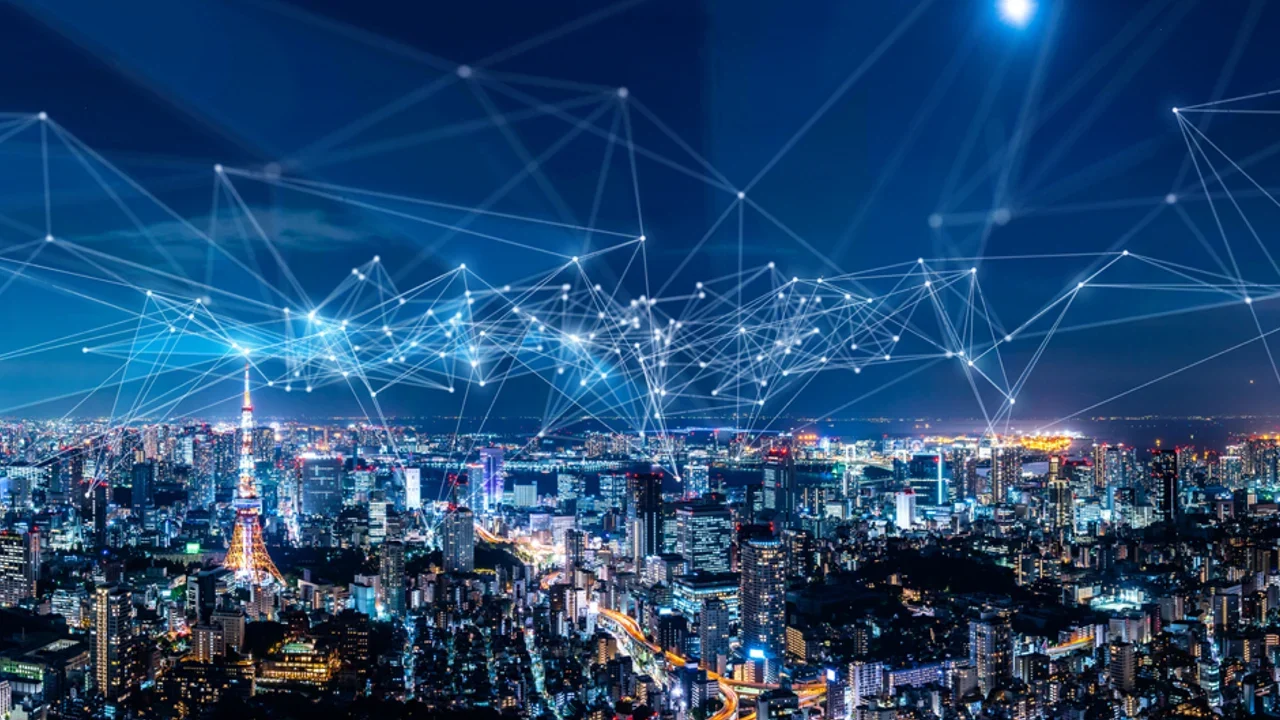
The concept of smart cities has gained significant attention in recent years, thanks to the integration of the Internet of Things (IoT). Smart cities: How IoT is transforming urban living is a topic that delves into the profound changes occurring in cities worldwide. As urban areas continue to grow, the need for sustainable, efficient, and technologically advanced solutions becomes increasingly important. Through IoT, cities can improve infrastructure, enhance public services, and create a more connected urban environment for residents.
The Foundation of Smart Cities
At the core of smart cities lies the interconnected network of IoT devices and systems, which enables real-time data collection. This network forms the foundation upon which smart cities: How IoT is transforming urban living is built, facilitating the automation and optimization of various urban functions. Sensors, cameras, and smart meters gather data on everything from traffic patterns to energy usage, allowing city planners to make informed decisions.
Improving Public Services with IoT
One of the most significant benefits of smart cities: How IoT is transforming urban living is the improvement in public services. IoT technology enables cities to enhance services such as waste management, transportation, and emergency response. For example, smart waste bins can notify sanitation workers when they are full, reducing unnecessary trips and conserving resources. Similarly, IoT-enabled traffic lights can adapt to real-time traffic conditions, reducing congestion and improving traffic flow throughout the city.
Enhancing Energy Efficiency
Energy efficiency is a critical component of smart cities: How IoT is transforming urban living as cities strive to reduce their carbon footprint and become more sustainable. IoT technology allows for the monitoring and management of energy consumption in real-time, enabling cities to optimize energy use. Smart grids, which are integral to smart cities, help balance supply and demand, reduce energy waste, and integrate renewable energy sources more effectively.
Safety and Security in Smart Cities
Safety and security are paramount concerns in urban areas, and smart cities: How IoT is transforming urban living addresses these issues through advanced technology. IoT devices such as smart cameras and sensors can monitor public spaces, detect unusual activities, and alert authorities in real-time. This proactive approach to security not only helps prevent crimes but also enhances the overall safety of the city’s residents.
Challenges and Considerations
While smart cities: How IoT is transforming urban living presents numerous benefits, there are also challenges that need to be addressed. Privacy concerns arise with the extensive data collection that IoT systems require, and cities must ensure that data is handled securely. Additionally, the integration of IoT into existing urban infrastructure can be complex and costly, requiring significant investment and planning.
The Future of Smart Cities
The future of smart cities: How IoT is transforming urban living is promising, with advancements in technology continuing to drive innovation. As IoT devices become more sophisticated and widespread, cities will be able to offer even more personalized and efficient services. The integration of artificial intelligence (AI) with IoT could further enhance the capabilities of smart cities, making them more responsive to the needs of their residents.
Summary
In conclusion, smart cities: How IoT is transforming urban living highlights the significant impact that IoT technology has on modern urban environments. By improving public services, enhancing energy efficiency, and increasing safety, IoT is paving the way for a more connected and sustainable future. However, it is crucial to address the challenges associated with data privacy and infrastructure integration to ensure the successful implementation of smart cities. As cities continue to evolve, IoT will undoubtedly play a central role in shaping the urban landscapes of tomorrow.
“If You Like Our Content and This Blog Is Informative For You So Follow Us On Twitter For More Latest Updates.”
